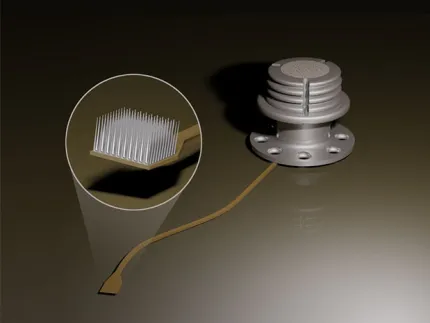Brain-Computer Interface Lets a Man with Spinal Injury Feel Robotic Fingers – TechCrunch News
In a remarkable feat of scientific advancement, researchers at the University of Pittsburgh have successfully enabled a man with a spinal cord injury to feel touch sensations on robotic fingers connected directly to his brain. This breakthrough, detailed in a recent publication in the journal Science Translational Medicine, represents a significant step towards restoring a sense of touch for individuals who have lost it due to paralysis.
The study subject, Nathan Copeland, suffered a spinal cord injury 12 years ago, leaving him quadriplegic. Despite this, his brain retained the memory of touch sensations, allowing researchers to identify specific brain regions associated with different finger touches. Using microelectrode arrays implanted in Copeland’s sensory cortex, the team stimulated these areas, recreating the feeling of touch on individual fingers.
The experiment involved connecting the robotic hand to Copeland’s brain, with each finger of the robotic hand linked to a specific neural circuit. Copeland was able to identify which finger of the robotic hand was being touched with an accuracy of 85% initially, later improving to near 100%.

This research, while still in its early stages, holds immense potential for the development of more intuitive and natural prosthetics for individuals with limb loss or paralysis. By bypassing the spinal cord and connecting directly to the brain, this technology allows for direct feedback from the prosthetic to the user, potentially paving the way for a future where amputees and people with spinal injuries can experience a greater sense of control and embodiment.